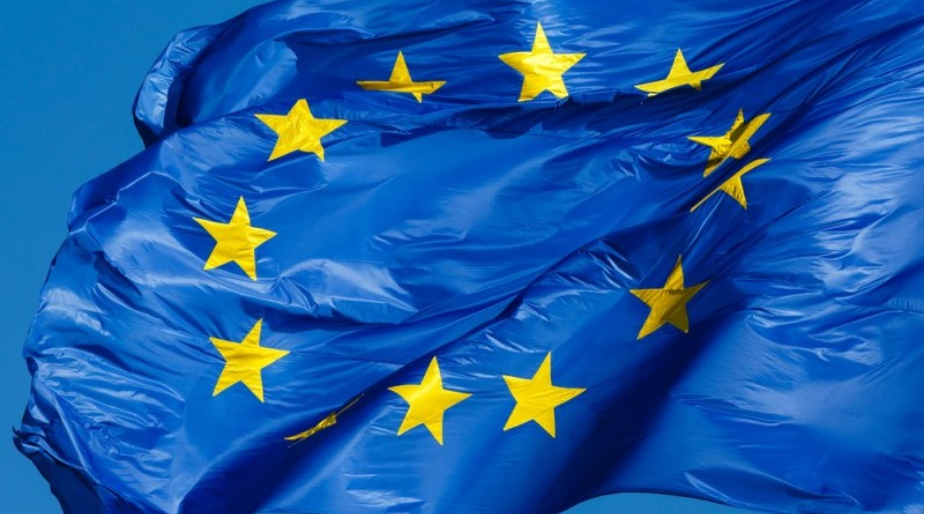ABN Amro analyserer den nye EU-fond, der skulle øge væksten med 1,75 pct. næste år og 2,25 pct. i 2024. Men effekten ventes at blive væsentlig mindre, mener ABN Amro. En meget stor del af pengene vil blive brugt til at finansiere eksisterende planer i landene og ikke i helt nye aktiviteter. Renten på fondens lån vil ligge lidt over markedets lån, så lån er kun attraktive for 10 af EUs 27 lande. ABN Amro tror, at effekten af fonden kun bliver halvt så stor, som EU venter, i 2024, med en ekstra vækst på 1,2 pct.
Will the EU Recovery Fund trigger an economic boom?
Euro Macro: A number of reasons to be cautious on Recovery Fund growth impact – On July 21st, EU-leaders reached an agreement on the EUR 750bn Recovery Fund, consisting of grants and loans, which aims to set the EU on the path to a sustainable and resilient recovery. The European Commission (EC) estimated back in May that a EUR 750bn Recovery Fund would add around 1.75% to EU GDP in 2021 and up to 2.25% by 2024.
However, there are several reasons for caution, which we outline below, suggesting that the actual economic impact may in fact be significantly lower.
Recovery Fund receipts will be partially used to substitute existing government plans – – Recent developments suggest that a significant part of Recovery Fund allocations will be used to finance existing plans. Germany and France, the member states that took the lead in shaping the Recovery Fund, already gave an insight into their use of the funds.
Indeed, at the end of August, Germany announced it will use its allocation to finance measures that were part of Germany’s earlier announced recovery plan, which would reduce the extent of the rise in its public debt.
In addition, on September 3, France revealed a EUR 100bn fiscal stimulus, of which EUR 40bn will be financed by Recovery Fund receipts. Of this EUR 100bn stimulus, EUR 20bn will be spent on corporate tax cuts, and of the EUR 25bn used for supporting jobs and training, part will be used to expand a short work scheme, which would safeguard income for workers required to work part-time.
Loan take-up expected to be less than EUR 360bn in available loans – The interest rate that countries have to pay on EU loans will likely be several basis points above the interest rate against which the EU can fund itself in the market, as the EC states that ‘costs related to the borrowing of funds for the loans … shall be borne by the beneficiary Member States’, just as is the case for ESM loans.
Consequently, borrowing from the EU will only be attractive for 10 out of 27 EU countries. Assuming that those countries will borrow the maximum allowed amount of 6.8% of national GNI, we judge that about 75% of the available loans will be committed.
National reform plans to only potentially impact small part of allocations – EU leaders agreed that ‘Member States shall prepare national recovery and resilience plans setting out the reform and investment agenda of the Member State concerned for the years 2021-23.’
However, those plans will only be ‘reviewed and adapted as necessary in 2022 to take account of the final allocation of funds for 2023.’ This suggests that only part of the funds, allocated in 2023, may be subject to the submission of effective reform plans, loosening the EC’s grip on an effective use of the funds.
Furthermore, Germany and France have already signalled that this condition is not seen as a strict one. More generally, it is unclear to what extent the funds will be used in an efficient way.
We estimate that recovery funds will lift EU GDP by around 1.2% by 2024 – Against this background, we expect that the additional impact on economic growth will be more moderate than estimated by the EC. We estimate 0.4% additional annual economic growth in 2021 to 2023, or around 1.2% by 2024.


